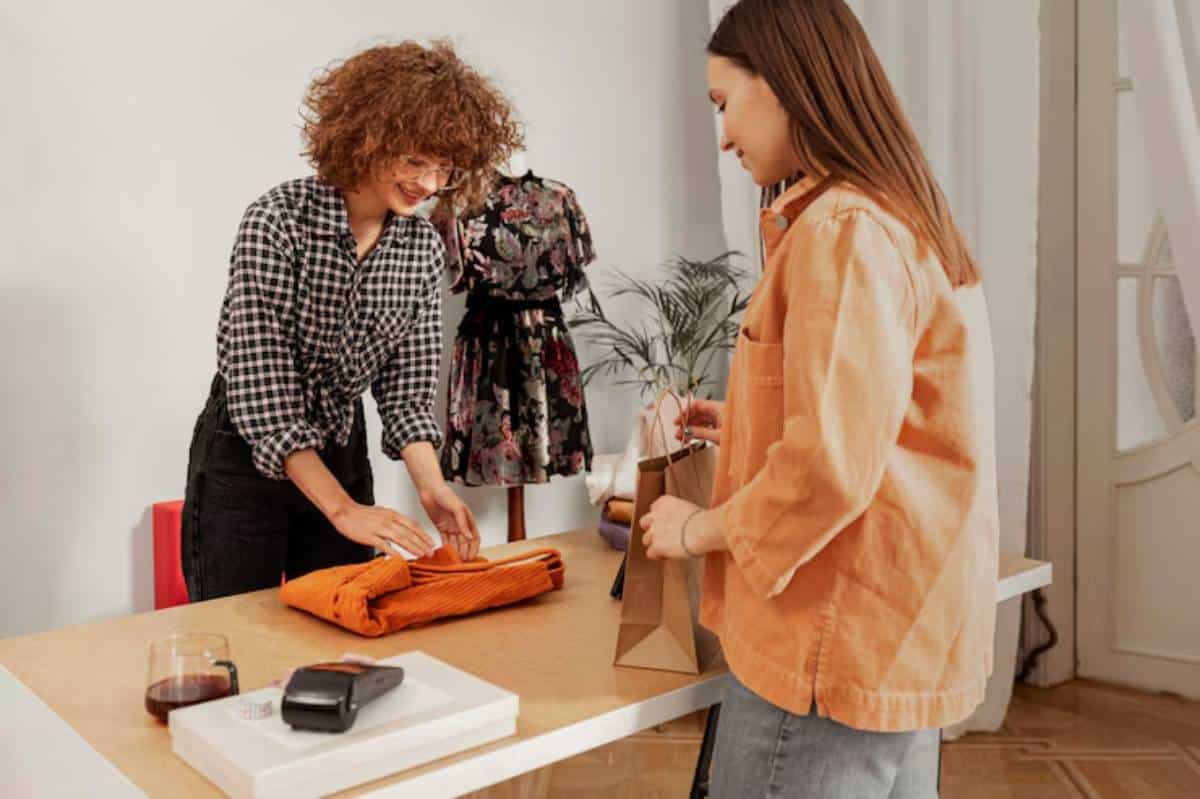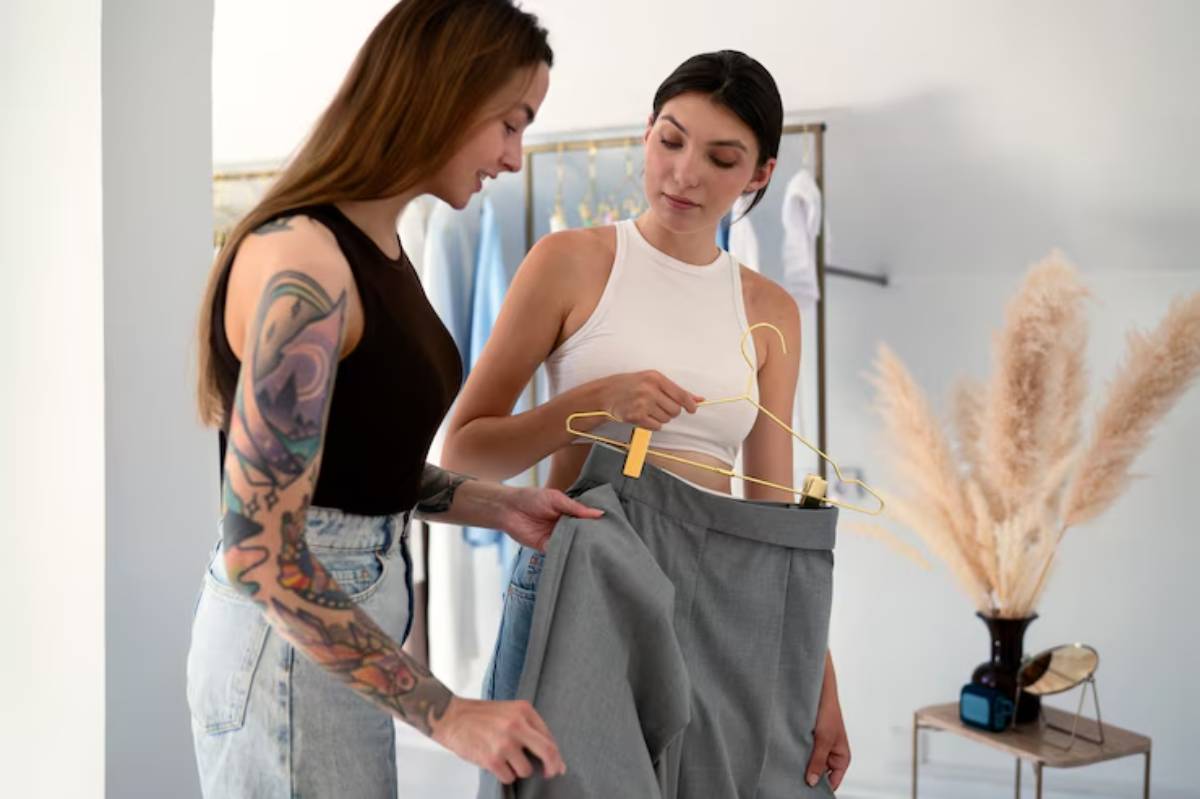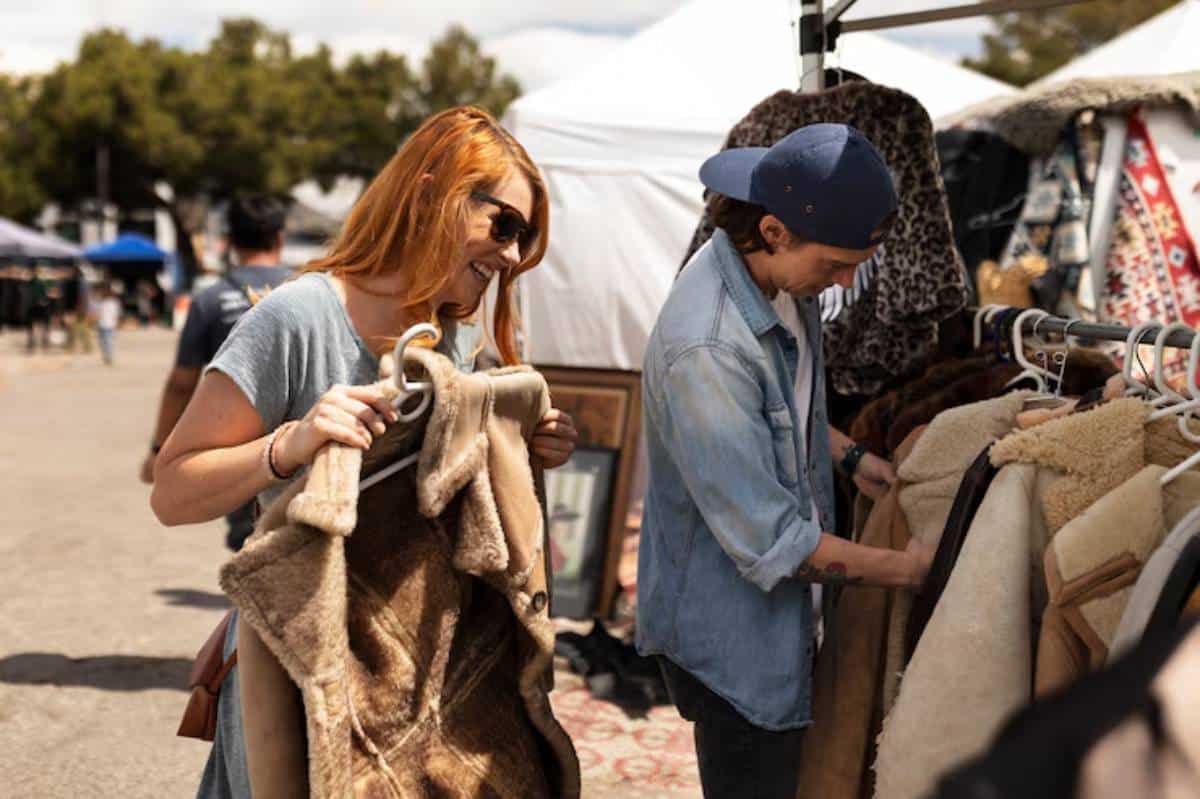
How to Host a Community Clothing Swap
Do you ever look at your overflowing wardrobe and still feel like you have “nothing to wear”? You’re not alone — but the solution might be closer than you think. Hosting a community clothing swap is a fun, sustainable way to refresh your wardrobe, reduce textile waste, and connect with like-minded locals.
Whether you’re a sustainability enthusiast or just trying to shop less and share more, a local eco fashion event like this empowers you to make an impact. Plus, you get to walk away with “new-to-you” outfits — for free.
Understanding the Core
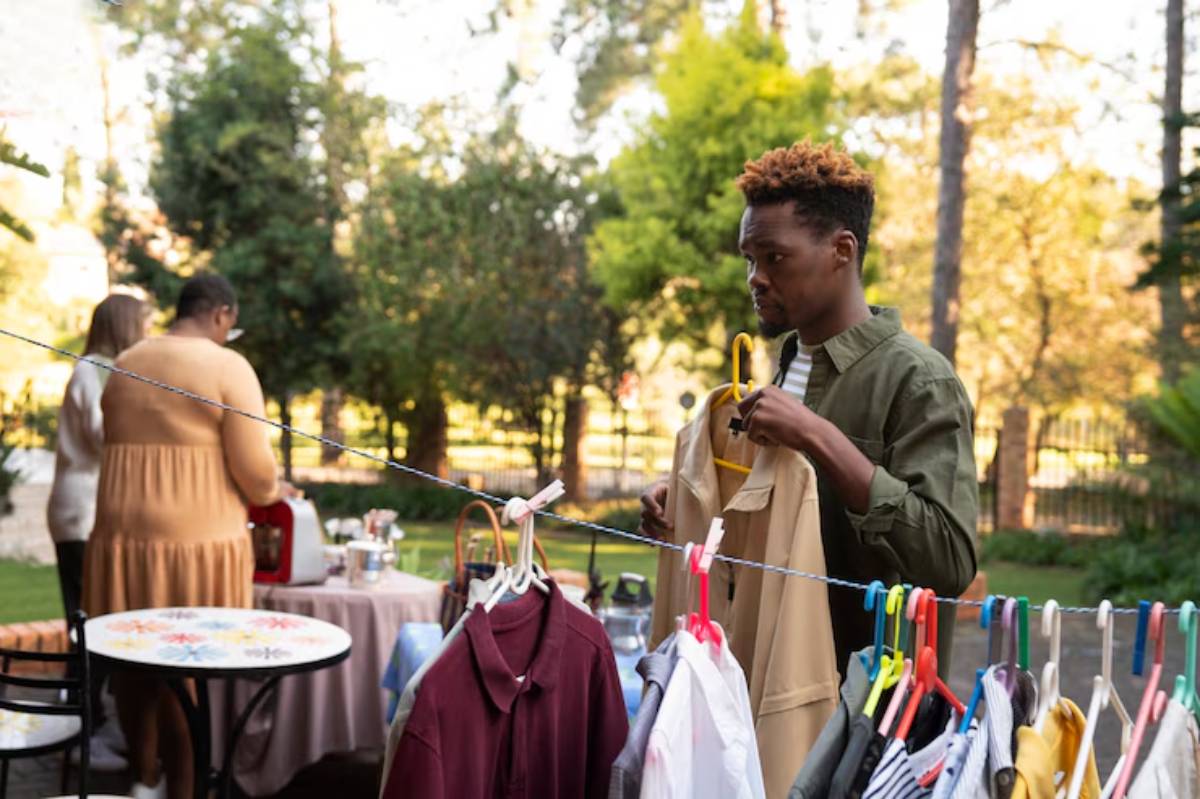
What Is a Community Clothing Swap?
A community fashion swap is an organised event where participants bring gently used clothes they no longer wear and exchange them for others’ preloved items. It’s based on the principle of circular fashion, encouraging reuse and reducing the demand for new clothing production.
Swaps vary in scale — from a few friends in a living room to large public events hosted by eco-conscious groups. The appeal lies in its simplicity and powerful environmental impact. According to the Ellen MacArthur Foundation, extending the life of clothes by just nine extra months can reduce carbon, water, and waste footprints by 20–30%.
Why Host One?
- Promotes sustainable fashion habits
- Strengthens community bonds
- Reduces landfill-bound clothing
- Offers a budget-friendly wardrobe update
- Fosters mindful consumption
Think of it as a local eco fashion event that’s equal parts feel-good, fun, and fashion-forward.
Quick Guide: Hosting a Successful Clothing Swap
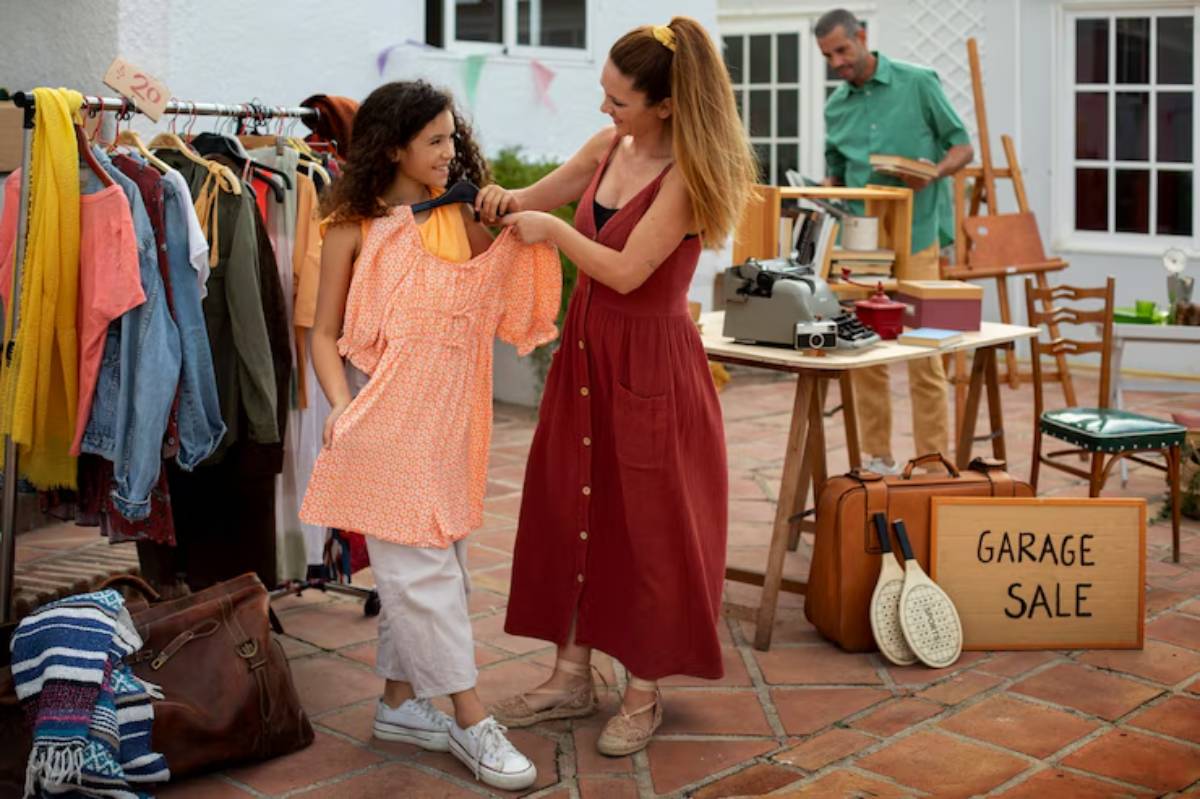
- Choose a date, time, and venue
- Create clear clothing guidelines
- Advertise the event locally and online
- Set up donation/check-in and sorting stations
- Organise clothing by type and size
- Offer mirrors and try-on areas
- Provide eco-friendly bags for participants
- Donate unclaimed clothes to charity
- Collect feedback for future events
- Celebrate and share highlights on social media
This is a high-level overview — see the step-by-step section below for detailed guidance.
Step-by-Step Guide: How to Host a Community Clothing Swap
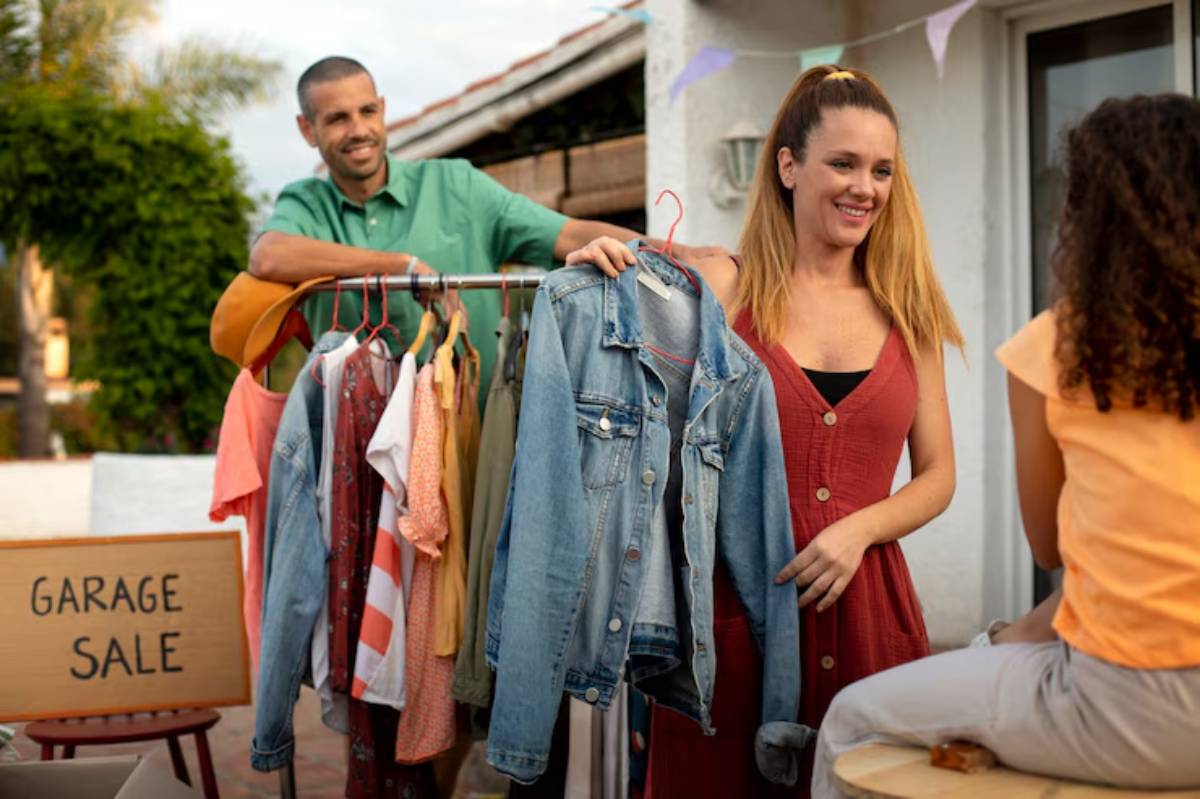
1. Plan Your Vision and Goals
Start by defining the size and intention of your swap. Is it a small gathering for neighbours or a larger open event for your town? Decide if it will be a one-off or recurring event.
Pro Tip: Start small with your first swap. It’s easier to manage and gives you room to learn.
2. Select the Perfect Venue
Look for venues that are accessible, community-oriented, and preferably free — think church halls, libraries, school gyms, or even your local park. Ensure there’s enough space to set up tables or clothing racks and allow movement.
Important Note: Always check the venue’s policies on setup, waste disposal, and insurance.
3. Create Clothing Acceptance Guidelines
Set clear standards for what participants can bring. Items should be clean, gently worn, and seasonally appropriate. Decide whether you’ll accept accessories, shoes, or children’s clothes.
Suggested Rules:
- No stains, holes, or broken zippers
- Limit of 10–15 items per person
- Clothes must be washed and folded/hung
- No undergarments or swimwear
4. Spread the Word
Reach your audience using flyers, social media, email lists, and community boards. Platforms like Facebook Events, Nextdoor, and Eventbrite can help attract locals.
Include:
- Date, time, venue
- What to bring
- Swap rules
- Contact details
You can even link to related guides, like how to build a stylish outfit from thrift finds to attract fashion-forward attendees.
5. Sort the Space Strategically
Organise clothes into clearly labelled zones: tops, bottoms, dresses, outerwear, shoes, etc. Use signs and separate racks/tables to make browsing intuitive.
Pro Tip: Use size markers or colour-coded sections for smoother swapping.
6. Offer a Check-in Station
Have a volunteer or team manage check-in. Count items and hand out tokens or tickets for each donated item. This will create fairness and encourage balanced swapping.
Example: 1 item donated = 1 token = 1 new item to take
7. Add Try-On and Mirror Stations
Create a corner with privacy screens or full-length mirrors for people to try on clothes. This will make the experience more fun and reduce returns or cast-offs.
Important Note: Bring hand sanitiser and lint rollers to keep hygiene in check.
8. Provide Takeaway Bags
Encourage attendees to bring reusable bags. Alternatively, provide recycled paper bags to reduce plastic usage.
9. Donate Leftovers Responsibly
After the swap, donate unclaimed clothing to reputable local charities, shelters, or textile recycling centres. Let attendees know where their extras will go — transparency builds trust.
10. Celebrate and Capture Moments
Take pictures during the event and share them on social media with permission. Celebrate the volume of clothes swapped or waste diverted from landfills.
Link to how to spot greenwashing in fashion brands for extra eco-credibility.
Pro Tip: Play upbeat tunes and offer snacks or drinks to create a welcoming vibe. This encourages mingling and makes the event feel like a true event.
Important Note: Limit entry numbers or stagger timeslots if you expect a high turnout.
Best Practices & Additional Insights
- Host a theme swap — like winter coats, kids’ clothes, or workwear
- Add workshops — teach basic mending or upcycling techniques
- Create a story wall — let swappers leave notes about their donated pieces
- Offer a feedback form — use Google Forms to gather insights for future events
Think of your swap as a gateway to a more sustainable lifestyle. One small act can ignite a wardrobe revolution in your community.
FAQs
What should I bring to a community clothing swap?
Bring clean, gently used clothing that others would love. Stick to the event’s rules and bring a reusable bag to carry your finds home.
Can I join even if I don’t have clothes to donate?
This depends on the host. Some swaps allow browsing for a small donation or offer leftover hours where anyone can take items freely.
What happens to leftover clothes?
Most organisers donate unclaimed items to local charities or textile recycling centres. Always check beforehand.
How many items can I take?
Usually, you can take as many items as you bring — organisers may use tokens or a one-for-one rule to manage fairness.
Do I need to register in advance?
It’s best to RSVP if required. This helps organisers plan better and avoid overcrowding.
Conclusion: How to Host a Community Clothing Swap
Hosting a community fashion swap isn’t just about clothes — it’s about connection, creativity, and conscious living. With the right planning and a splash of community spirit, your event can spark lasting change in wardrobes and mindsets alike.
So why wait? Start planning your local eco fashion event today. Share this guide with friends, leave a comment if you’ve hosted or attended a swap, and subscribe for more sustainable style tips!
